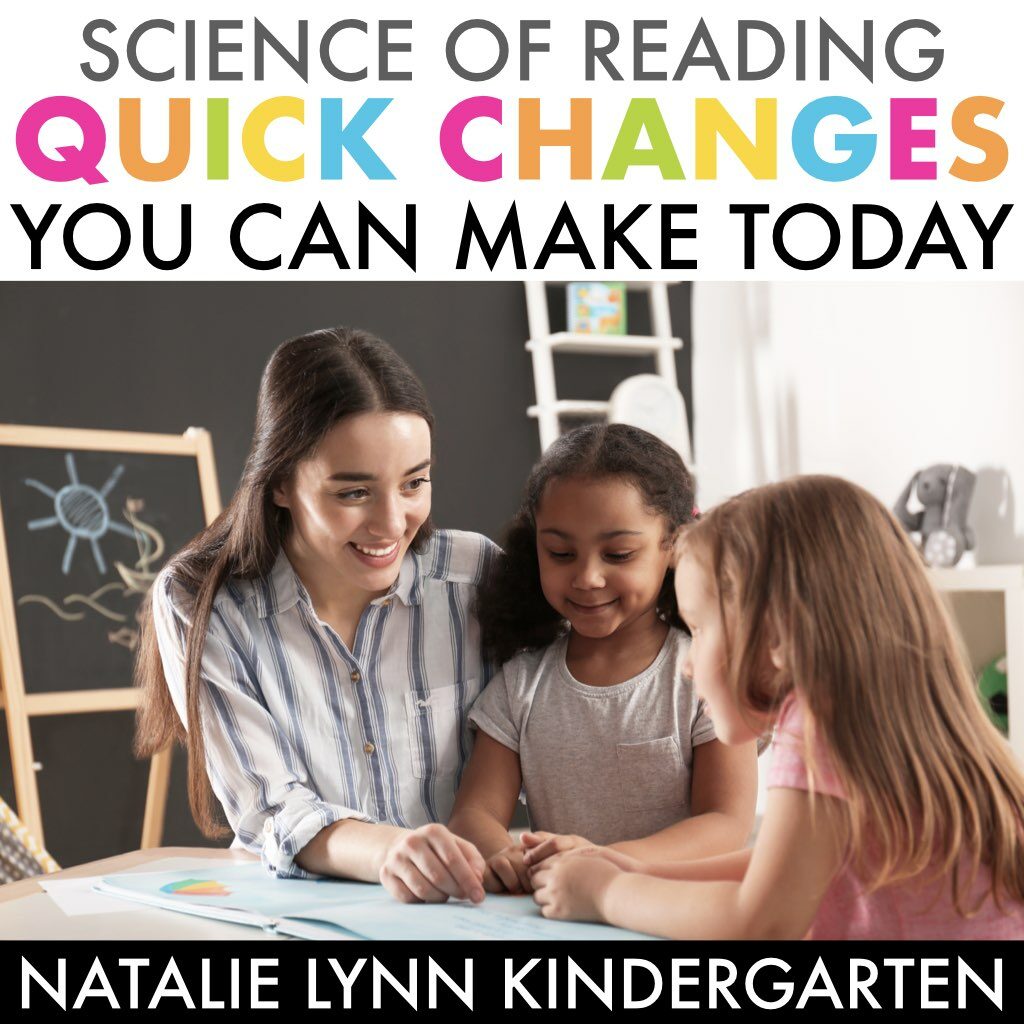
In this post: Read about the science of reading and effective, quick changes you can make in your instruction today.
There have been some exciting conversations happening in the Kindergarten and 1st grade world, and most of them revolve around the science of reading.
While the science of reading seems to be an education buzzword recently, it isn’t new. In fact, the science of reading refers to a body of research related to how the brain learns to read and it spans decades.
So why are you just now hearing about it?
Well, many teacher education programs go into how to teach, but they don’t necessarily go into what to teach. They want to prepare you to be able to adapt and teach with whatever curriculum the district you get hired in uses.
So many teachers are just now learning about the science of reading and what it means for our students. {I was one of those teachers!}
But all this information can get overwhelming. You want to do what’s best for your students, but where do you start? As you begin your science of reading journey, what quick changes can you make to your instruction today?
In this science of reading blog post, I will give you 5 actionable, quick changes you can implement to your instruction starting tomorrow.
Quick Change 1: Teach Phonics Explicitly
What does it mean to teach phonics explicitly and systematically?
It means that you have a set time in your daily schedule to teach phonics, and you move through a phonics scope and sequence.

You may be thinking, “But I already have a set phonics time each day.” Great! Then you are already ahead of the game.
However, many balanced literacy-based “big box” curriculums tend to weave phonics instruction into other areas, but they don’t have a set time to just teach phonics skills.
While some phonics instruction is better than none, explicit daily phonics instruction that moves systematically through a scope and sequence of phonics skills is best.
If you’re new to the science of reading, one of the most effective quick changes you can make to your instruction would be to add a phonics curriculum into your day.
This phonics instruction can be whole group, in differentiated small groups, or both.
In my own classroom, I taught phonics both whole group and in small groups. We had a set phonics time daily that I taught a phonics lesson that included a teach mini-lesson, student practice, and paper practice.
Our small groups is where we could really personalize phonics instruction. Each small group received phonics mini-lessons that they could then immediately apply in context with a decodable reader.
Quick Change 2: Swap Leveled Texts for Decodable Readers
If you have taught guided reading before, then you have probably used leveled books with students before. You may have even seen a lot of success with these books.

So what’s the problem with leveled books (also known as predictable books)?
Most leveled guided reading books, especially at the early levels, teach students to rely on memorizing a pattern and using context clues outside the text to figure out (aka guess) unknown words.
Many leveled books have words with complex spelling patterns even at the lowest levels. There is no way our students will be able to decode these words, which means that they are left with no choice but to rely on other clues.
Have you ever had a student who can decode words in a snap in isolation, but when they encounter that same word in a book they freeze up?
Our students can become so reliant on using these cues outside of the text that they stop really looking at the words and attending to the print.
Decodable readers help our students to be successful, because they are filled with only words and phonics patterns that our students have learned.
Students learn to become text detectives when they encounter new words.
If you’re new to the science of reading, swapping leveled books for decodable readers is one of the best quick changes you can make.
So how do you choose the best decodable readers for your students?
Every phonics scope and sequence is a little bit different. You should choose decodable readers that go along with your phonics scope and sequence. The decodable books will grow with your students and become more complex and they learn more and more sounds.
I developed the Guided Reading with Decodable Readers Science of Reading curriculum to give teachers ready-to-print lessons and decodable readers that follow a systematic scope and sequence. Each decodable book and each unit builds off the previous.

What are other teachers saying?
“Wow! This is an AMAZING resource! My students are becoming such great readers because of these decodables. I love how there is an option to remove the picture. Because of this, my students are relying more on their phonetic skills than pictures. It also leads to a great discussion of matching pictures to the words, when it is time to glue them in.” – Makenzie C.
Grab the Decodable Readers Curriculum here.
Quick Change 3: Add In Daily Phonemic Awareness Instruction
Phonological and phonemic awareness skills are the foundation for reading success. Many of our students struggle with reading simply because they have weak phonological and phonemic awareness skills.
This can be so easy to push aside thinking that our students should already have these skills. But the truth is, most don’t!
The research within the science of reading tells us that even just a few minutes of phonological and phonemic awareness practice daily can have a HUGE impact!
You can include this practice during your morning meeting, as the warm up to your phonics or small group lessons, or as a set time each day. Whatever you need to do, this is one of those science of reading quick changes that is small but packs a punch.
We have our daily phonological and phonemic awareness lessons as bridge between our morning meeting and our whole group literacy time. I use the mini-lessons that are included in the Empowering Little Readers Reading Curriculum.
Quick Change 4: Be Intentional About Building Vocabulary and Oral Language
One thing that can impact our students reading and understanding is having limited vocabulary, oral language, and background knowledge. Thankfully, this is another easy area to address!

Some ways you can build vocabulary and oral language:
- Weekly Vocabulary Words – We have weekly vocabulary words that come from our interactive read alouds. Students dig deeper into these words throughout the week. This not only helps them better understand the read alouds, but also builds background knowledge for future books and conversations.
- Daily Turn and Talks – Give your students time to talk! Oral language development is so, so important to reading. We do daily turn and talks during whole group literacy time about our interactive read alouds. It gets students talking about the book and their growing their listening comprehension.
- Stop and Chat– You can also make a choice to intentionally stop and have a short conversation with as many students as possible daily. This could be during morning work, breakfast, recess, etc. Just chit chat about their day, their likes, etc.! This is one of the easiest ways to build students’ oral language.
- Ask Open-Ended Questions – One way to build students’ oral language is to make sure that you are asking open-ended questions. This means that the question requires more than a yes or a no.
- Decodable Vocabulary – Once you start teaching your students how to decode, you will probably start to realize, “Oh! They have no idea what a yam is!” Explicitly teaching these words as new vocabulary when they come up can help our students better understand as they read. Adding in decodable vocabulary to the SoR curriculum was an addition one teacher suggested within our facebook group, and it’s made a huge difference!
Quick Change 5: Rethink How You Teach Sight Words
When I first begin teaching years ago, I thought that students just had to memorize sight words. After all, they’re “sight” words! These are the words that you just have to know by sight!
And then I would get frustrated when students just couldn’t remember a sight word. Even after we had just practiced it.
Oh boy! I really wish I had known then that there was a better way.
Most sight words or high frequency words have mostly regular sounds. Some are even completely decodable! There is usually just one or two tricky parts that students need to know by heart. That’s a lot easier than having to know the entire word by heart!
The key is to use a process called orthographic mapping.
Orthographic mapping helps our students assign the sounds of the word to the phonemes.
Here’s what that looks like:
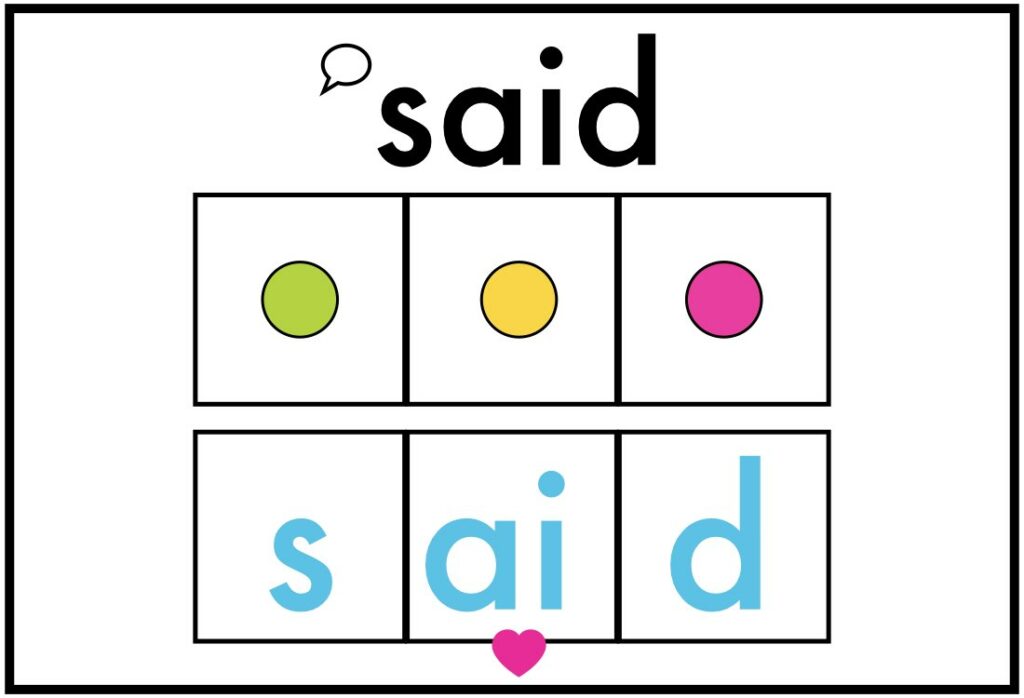
- Say the word (said)
- Stretch the word and say it slowly (/s/ /e/ /d/)
- Count the sounds (3)
- Draw dots or boxes to represent the sounds. If students are doing this, they could push counters up into sound boxes.
- Write the letters that make each sound in the corresponding box.
- Go back and say the sounds. Are there any letters being tricky making a sound that we would expect a different letter to make?
- If you want, add a heart over the tricky part. This is the part of the word that students need to know “by heart.”
The Most Important Change You Can Make
If you’re new to the science of reading, these quick changes can help, but there is one change that you can make the biggest difference – keep learning! Keep reading, listening, talking, and seeking out information. Join facebook groups, start a book study, listen to podcasts, take a course, read articles.
The science of reading is a huge body of research and, as is the nature of research, it is growing and developing all the time.
It took years and years to amass that knowledge. Give yourself grace as you begin this journey and realize that each day and each year you will know more than you did before and that’s okay!
Just like we tell our students, the learning never stops!


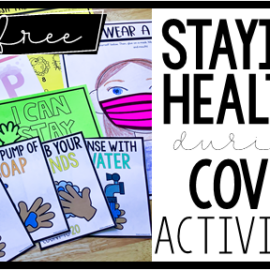
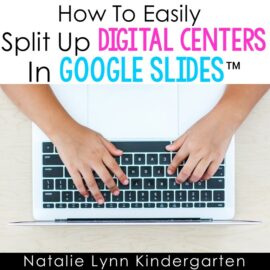


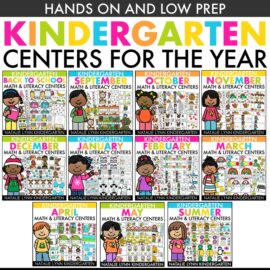
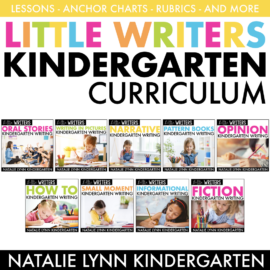
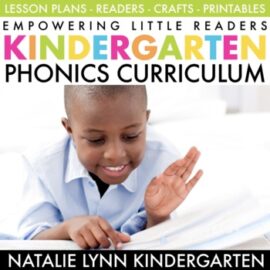
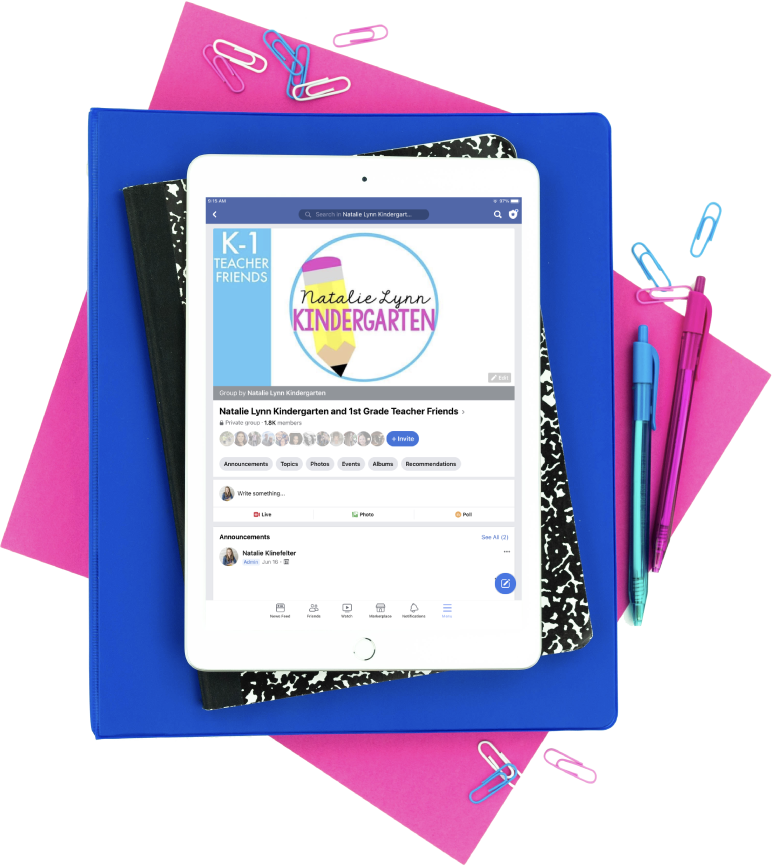

Your website helped me a lot!